Arborist Knot Guidance
Arborists and tree climbers require specialized knots to ensure safety while working at heights. These knots are essential for ascending, descending, securing equipment, and managing ropes during tree care operations.
1. Ascending and Descending
These knots allow controlled movement up and down a rope, providing safety during tree climbing operations. They grip when loaded but can be adjusted when needed.
Recommended Knots
2. Secure Loops
These knots create reliable loops either in the middle or at the end of a rope, essential for anchoring or attaching to carabiners and hardware.
Recommended Knots
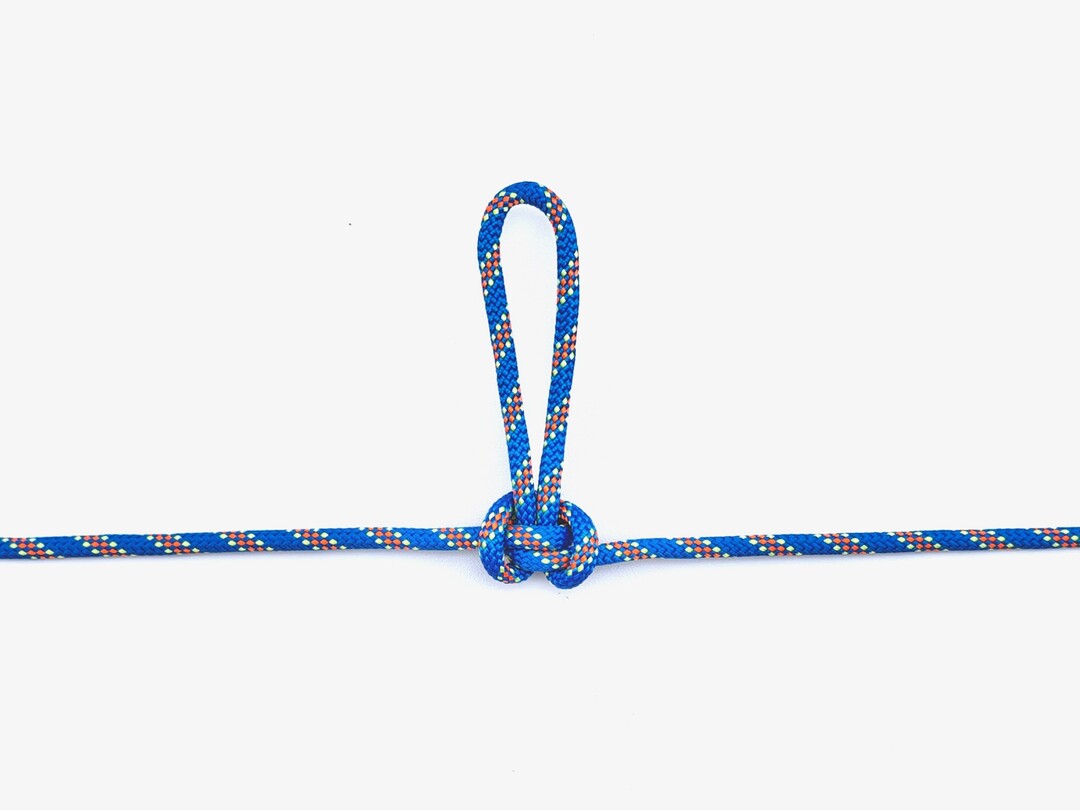
Alpine Butterfly Loop
Secure mid-rope loop for climbing and rescue
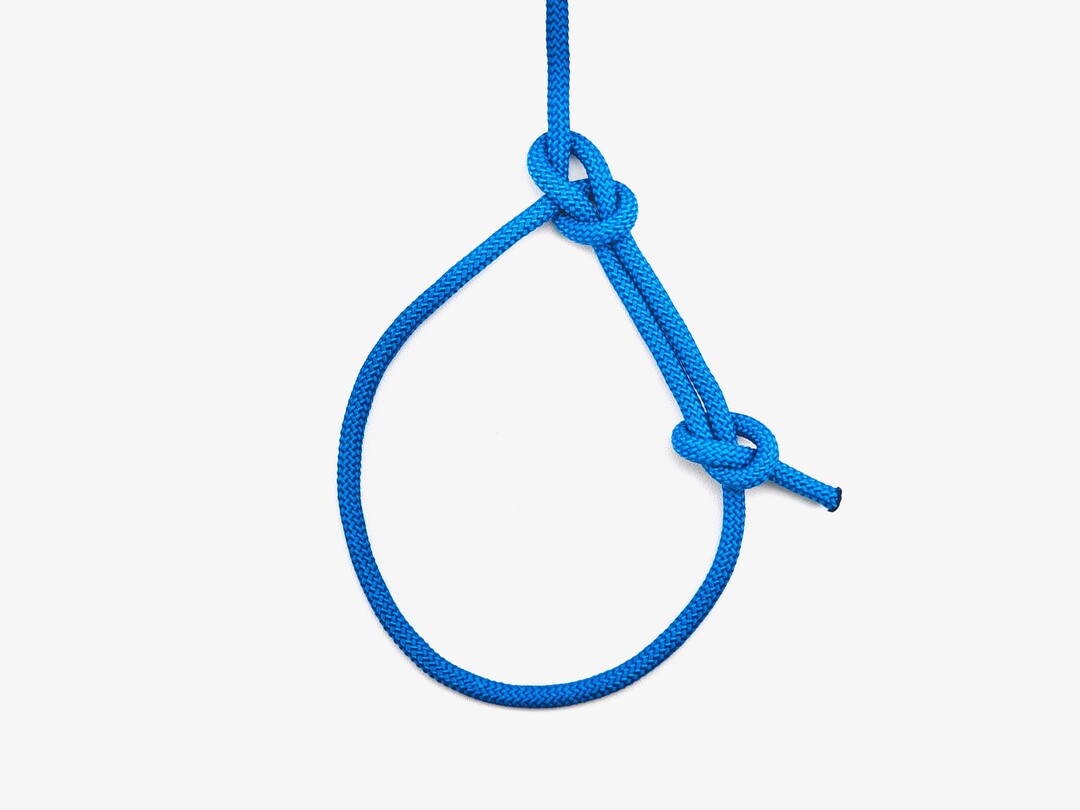
Bowline with Stopper
Secure loop knot with an overhand stopper.
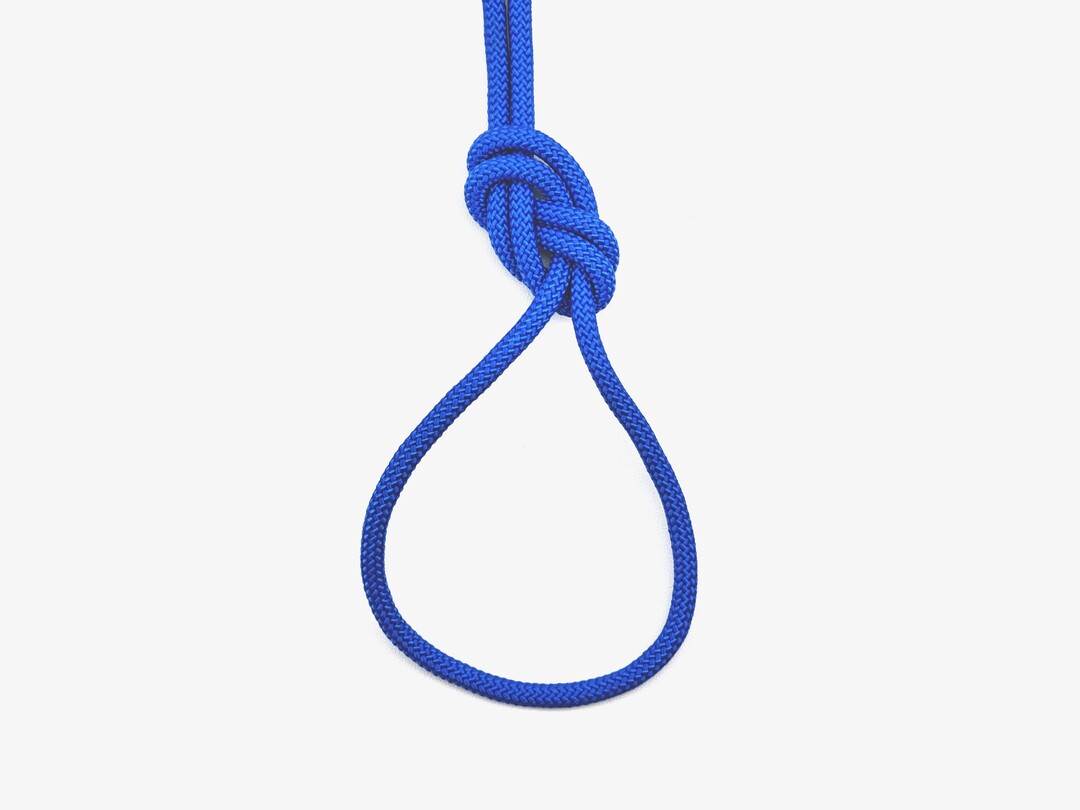
Figure-Eight Loop
Secure loop for climbing and rescue.

Poacher's Knot
Secure sliding loop for climbing, fishing, and gear.
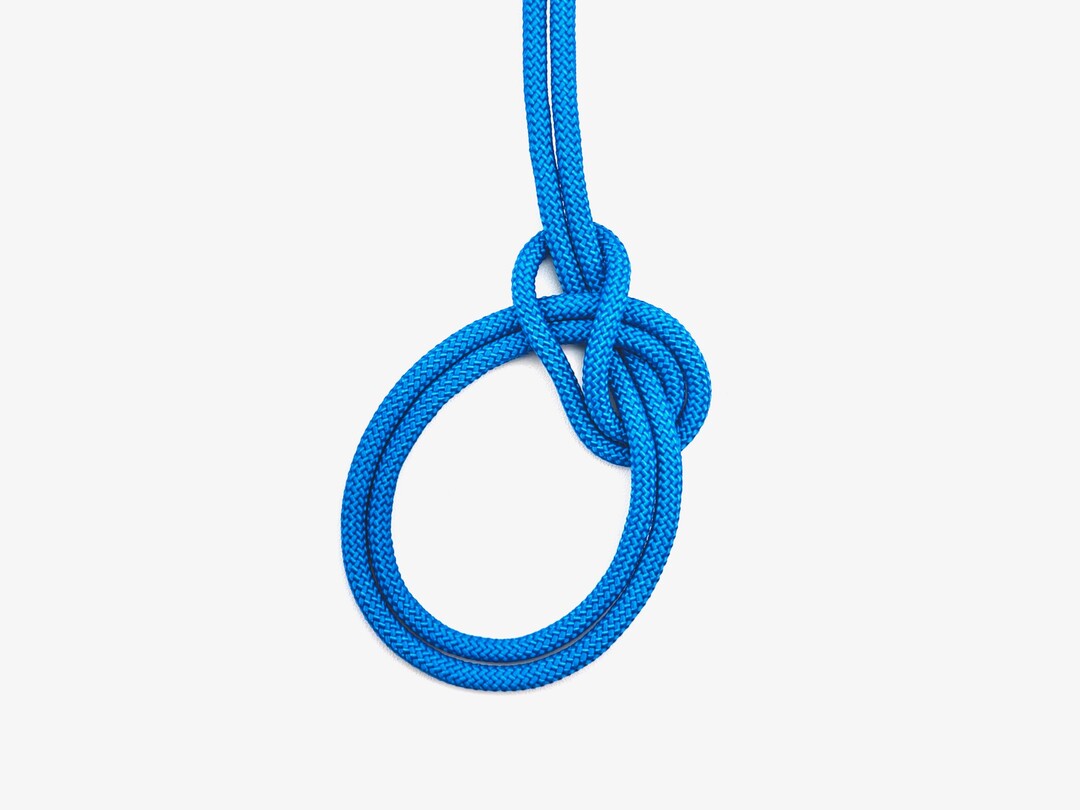
Bowline on the Bight
Creates two secure loops in the middle of a rope.
3. Rope Management
Proper rope management prevents tangling and allows for efficient handling of climbing lines and rigging ropes in tree care operations.
Recommended Knots
4. Hitches and Attachments
These knots are used to secure ropes to branches, trunks, or equipment. They provide reliable attachments that can be released even after being under heavy loads.
Recommended Knots
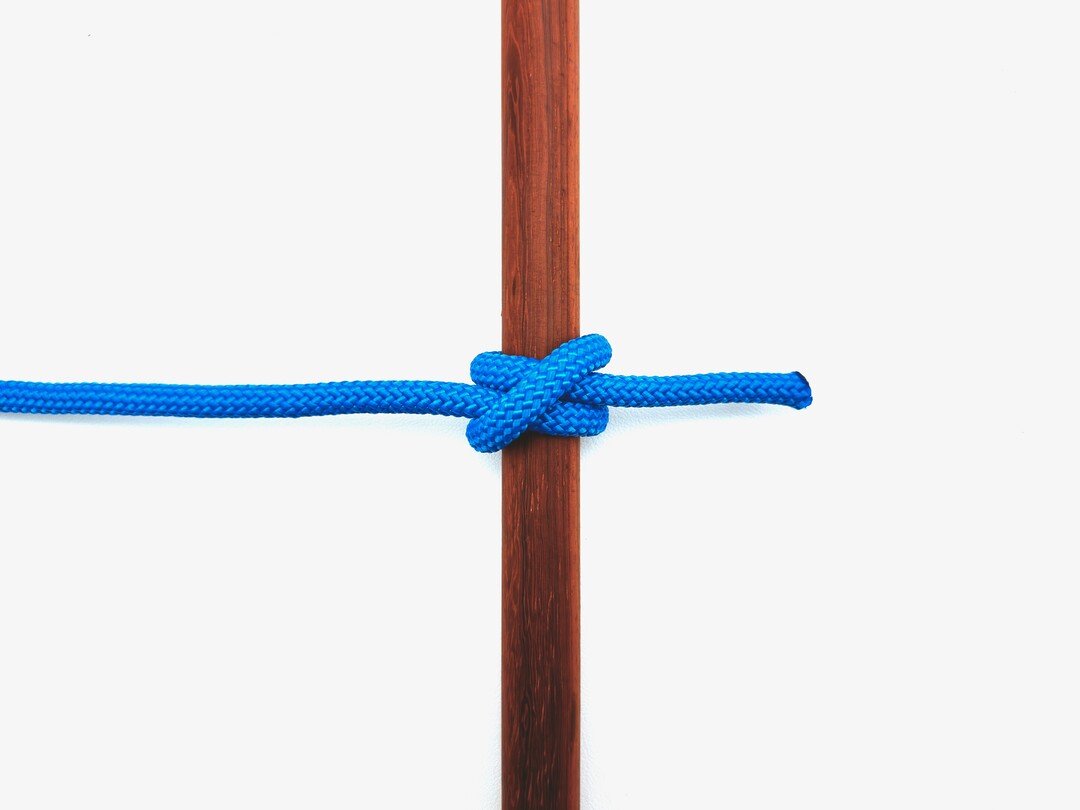
Clove Hitch (Rope End)
Secures ropes to posts or spars in outdoor activities.
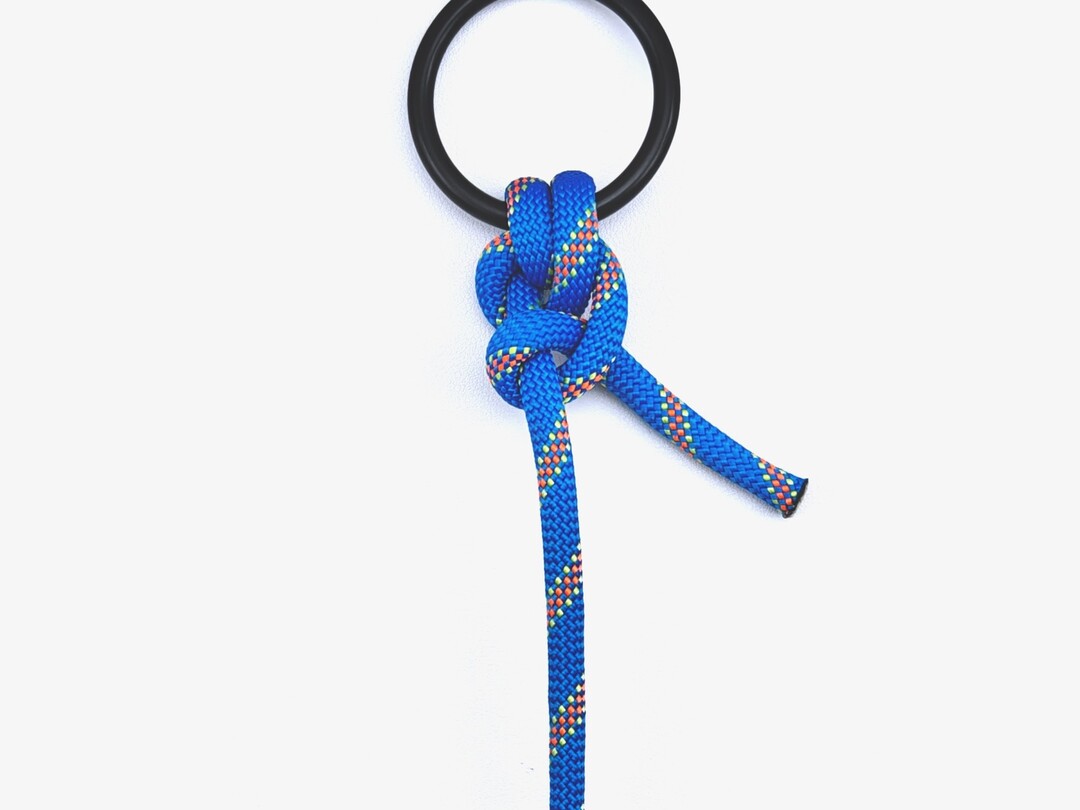
Anchor Hitch
Secures ropes to anchors, rings, or posts.
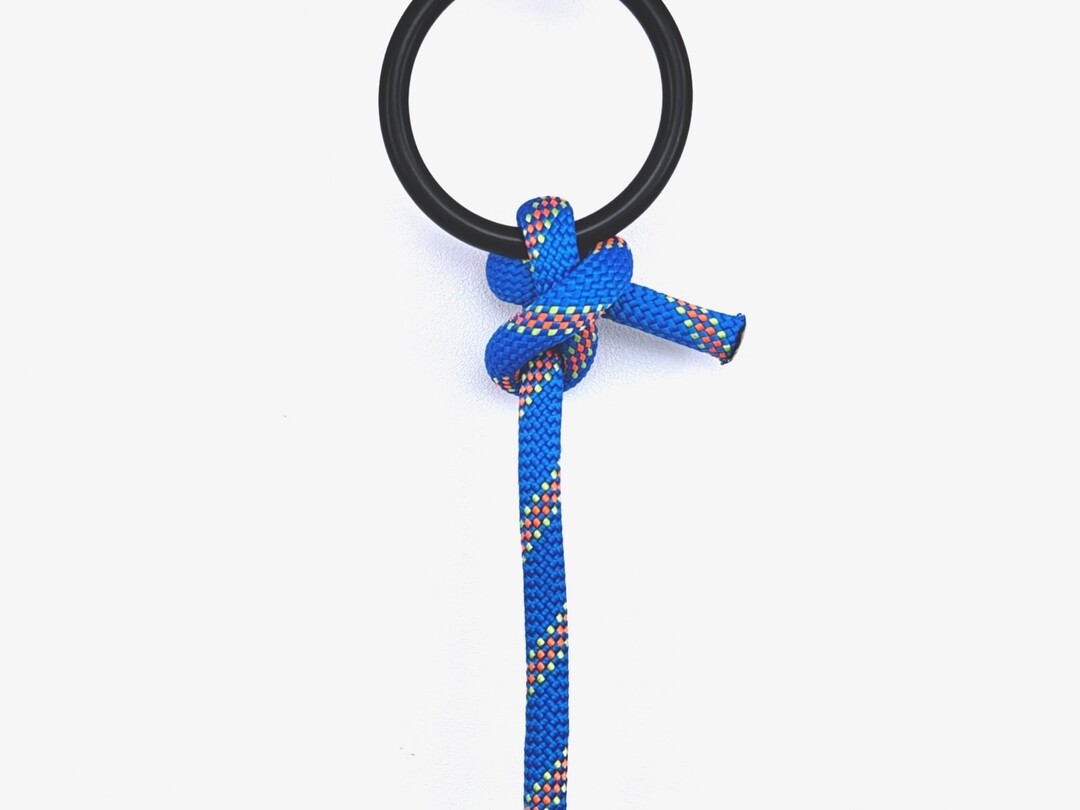
Buntline Hitch
Secures lines to rings, eyes, or poles tightly.
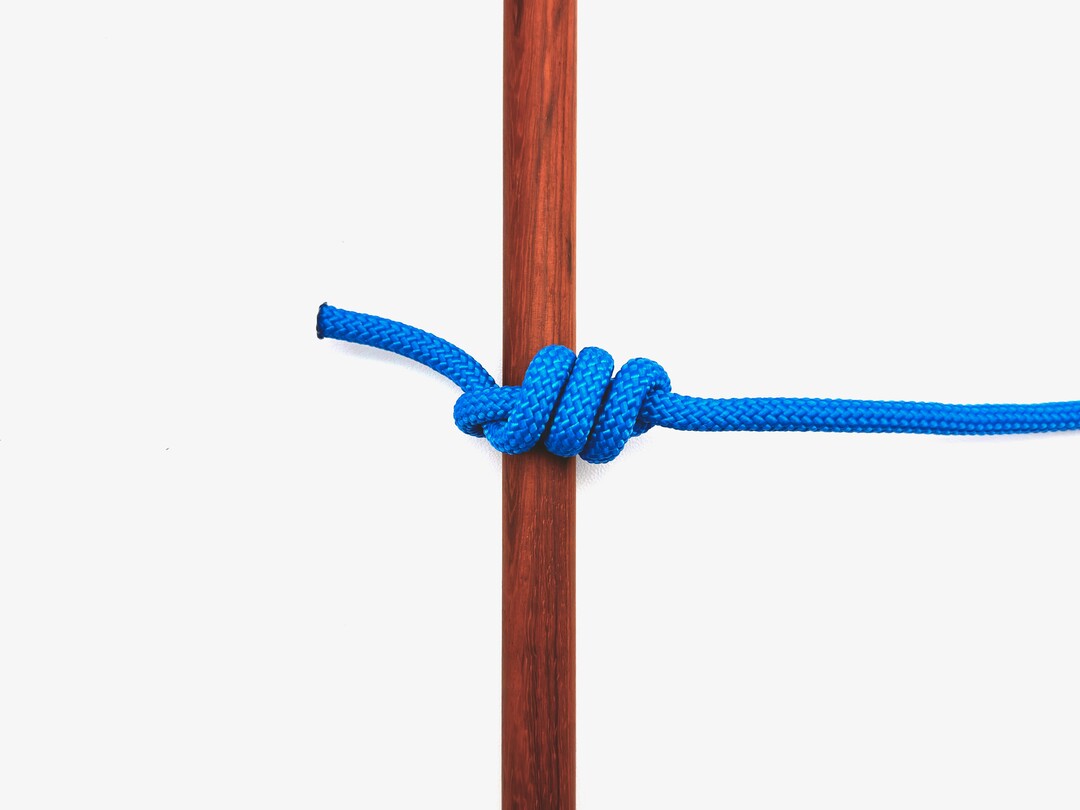
Timber Hitch
Secures ropes to logs for hauling or lifting.

Prusik Knot
Friction hitch for climbing and rescue
5. Joining Ropes
These knots securely join two ropes or create splices, which is essential for extending climbing lines or creating specialized rigging systems.
Recommended Knots
All Arborist Knots
A complete collection of knots commonly used in arborist activities.

Alpine Butterfly Loop
Secure mid-rope loop for climbing and rescue

Anchor Hitch
Secures ropes to anchors, rings, or posts.
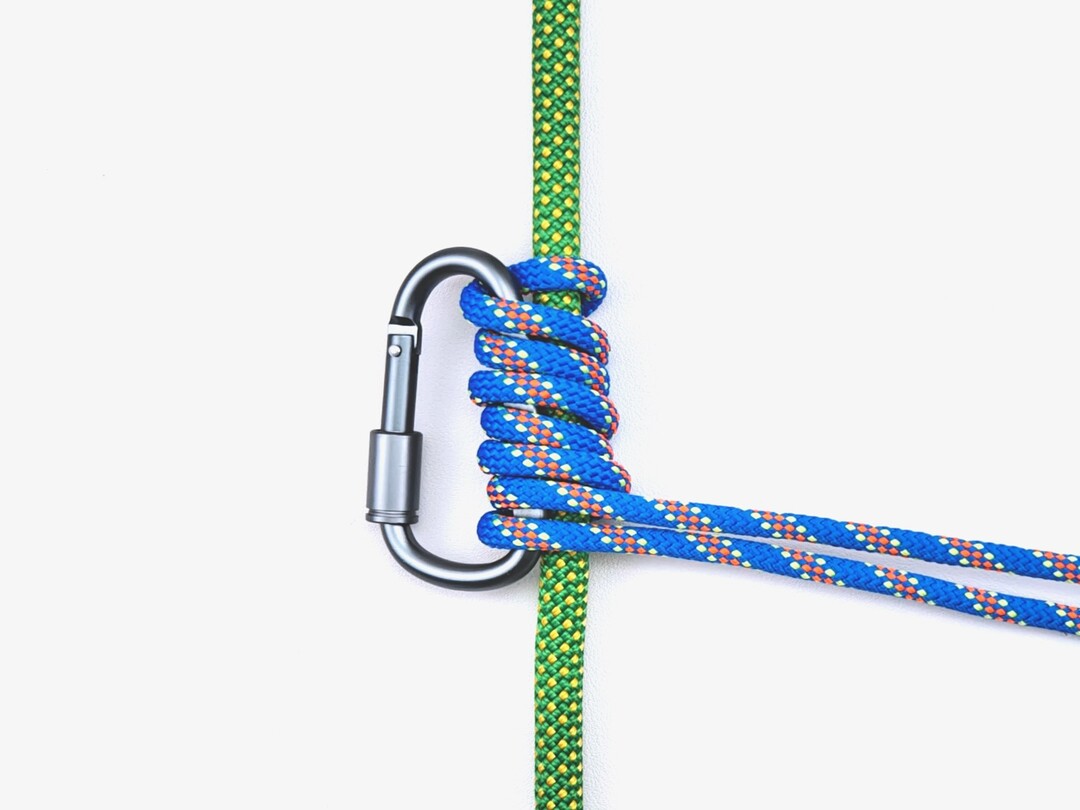
Bachmann Knot
Friction hitch for ascending fixed ropes in climbing.

Bowline on the Bight
Creates two secure loops in the middle of a rope.

Bowline with Stopper
Secure loop knot with an overhand stopper.

Buntline Hitch
Secures lines to rings, eyes, or poles tightly.

Clove Hitch (Rope End)
Secures ropes to posts or spars in outdoor activities.
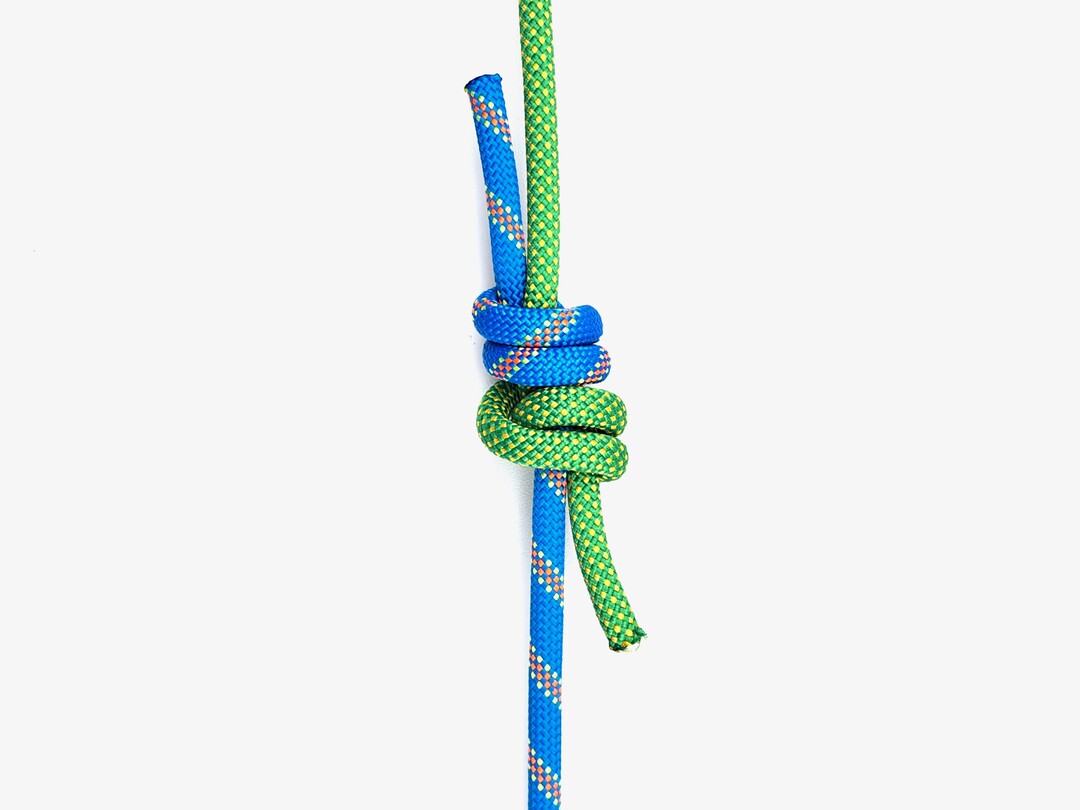
Double Fisherman's Knot
Securely joins two ropes of similar size.
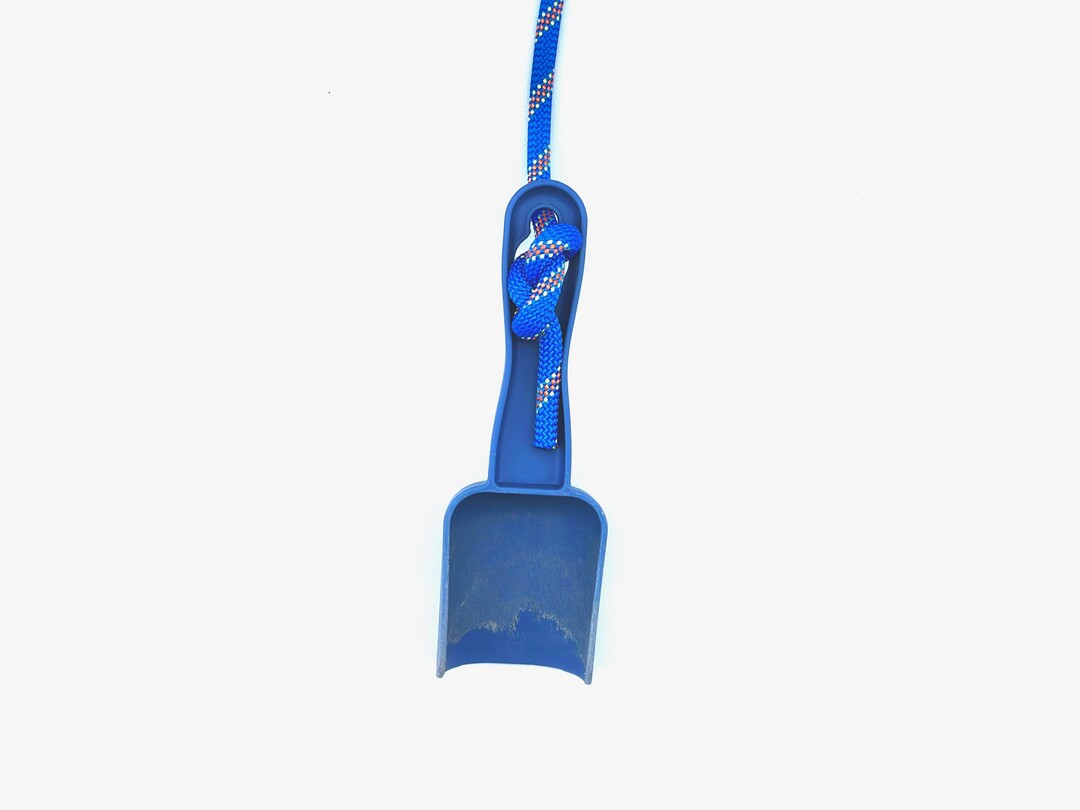
Figure Eight
Reliable stopper knot for ropes.

Figure-Eight Loop
Secure loop for climbing and rescue.
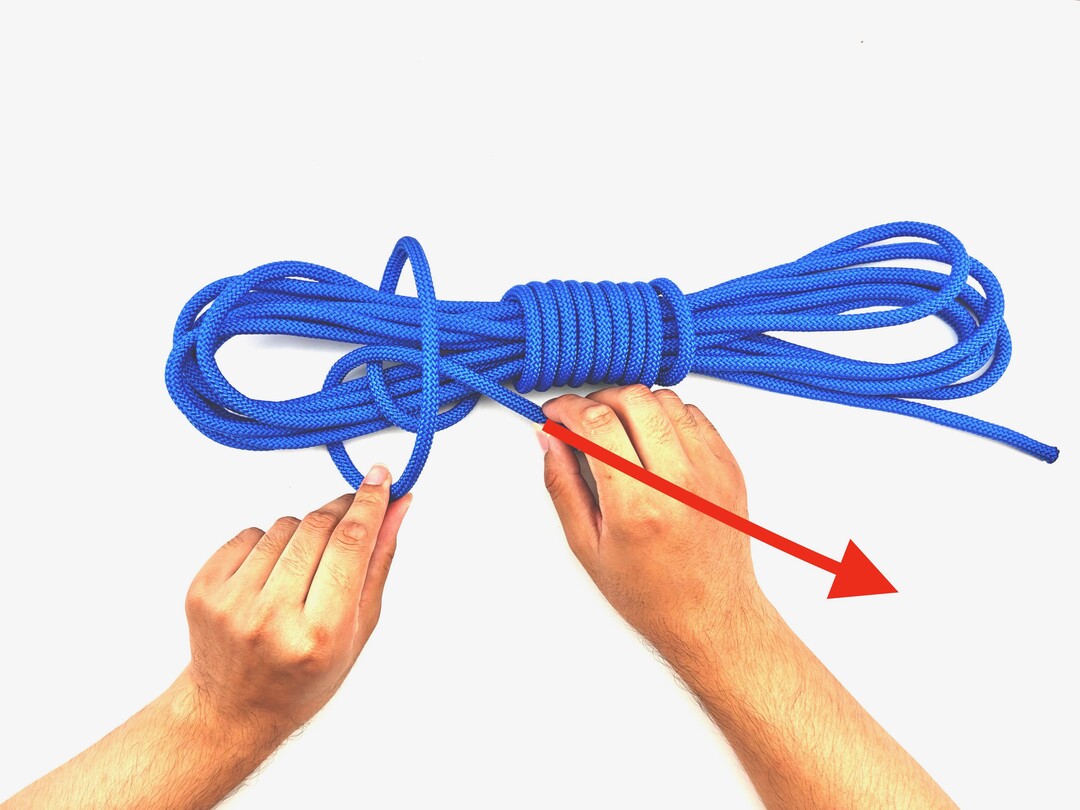
Gasket Coil
Neat rope storage preventing tangles.
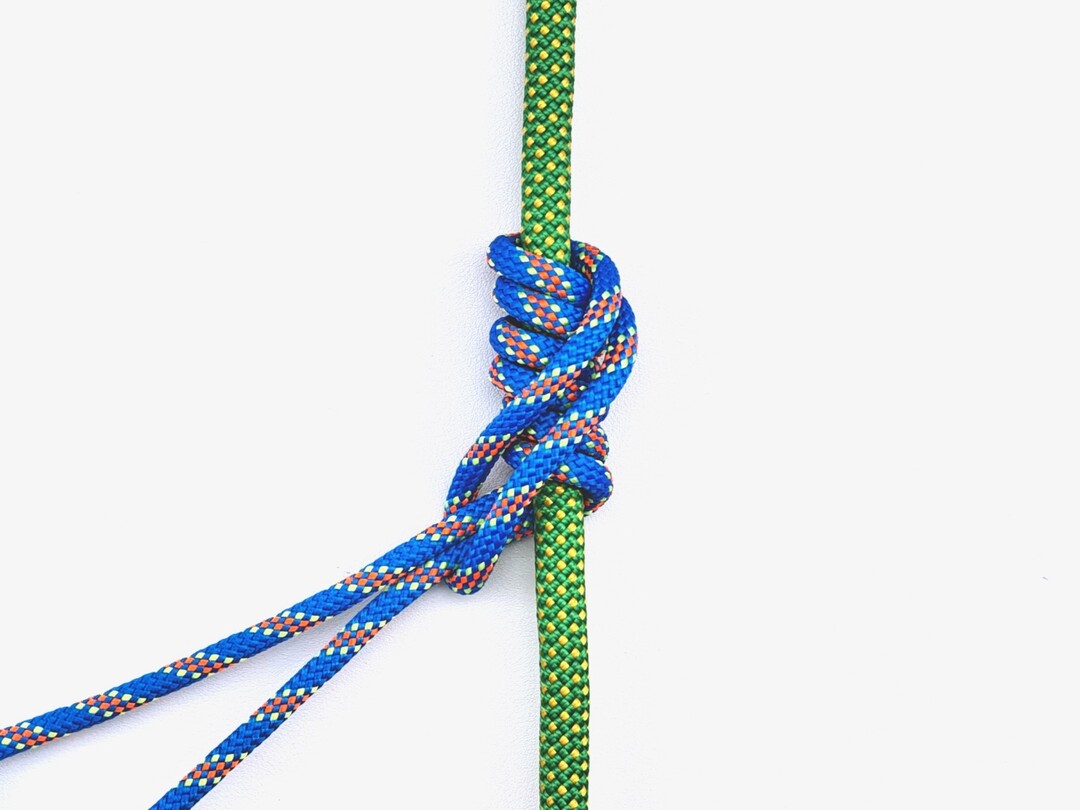
Klemheist Knot
Directional friction hitch for climbing and rescue.
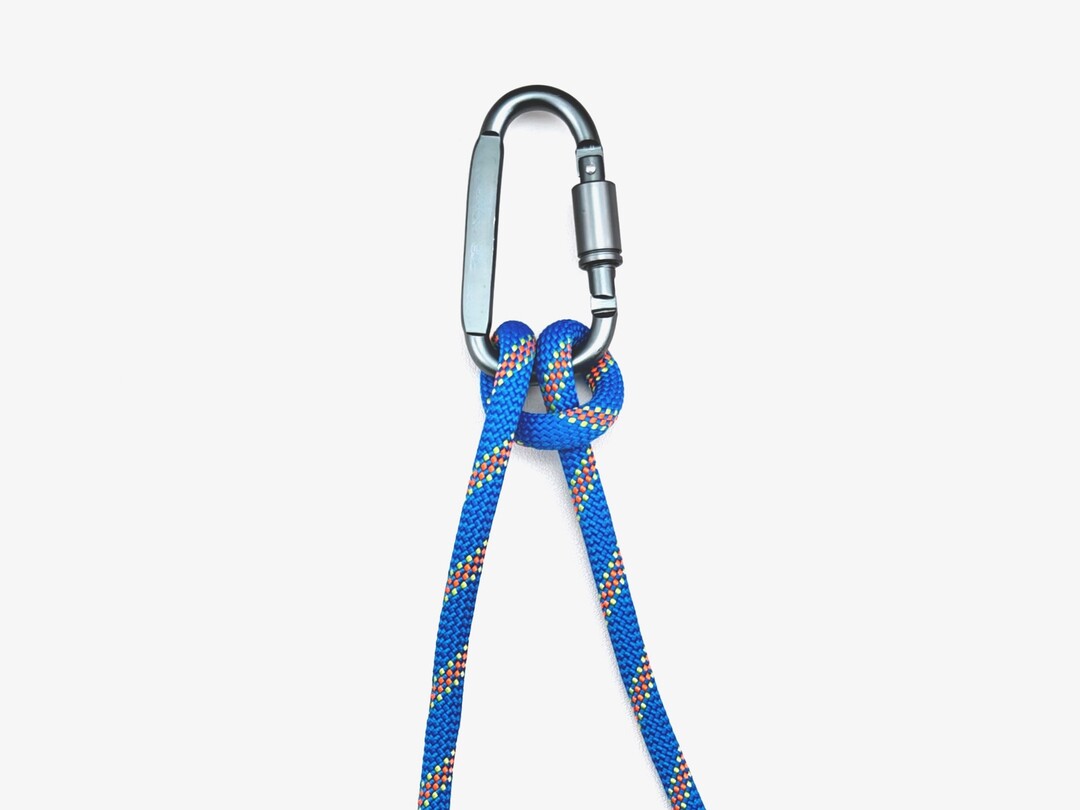
Munter Hitch
Sliding hitch for controlled descents in climbing.

Poacher's Knot
Secure sliding loop for climbing, fishing, and gear.

Prusik Knot
Friction hitch for climbing and rescue
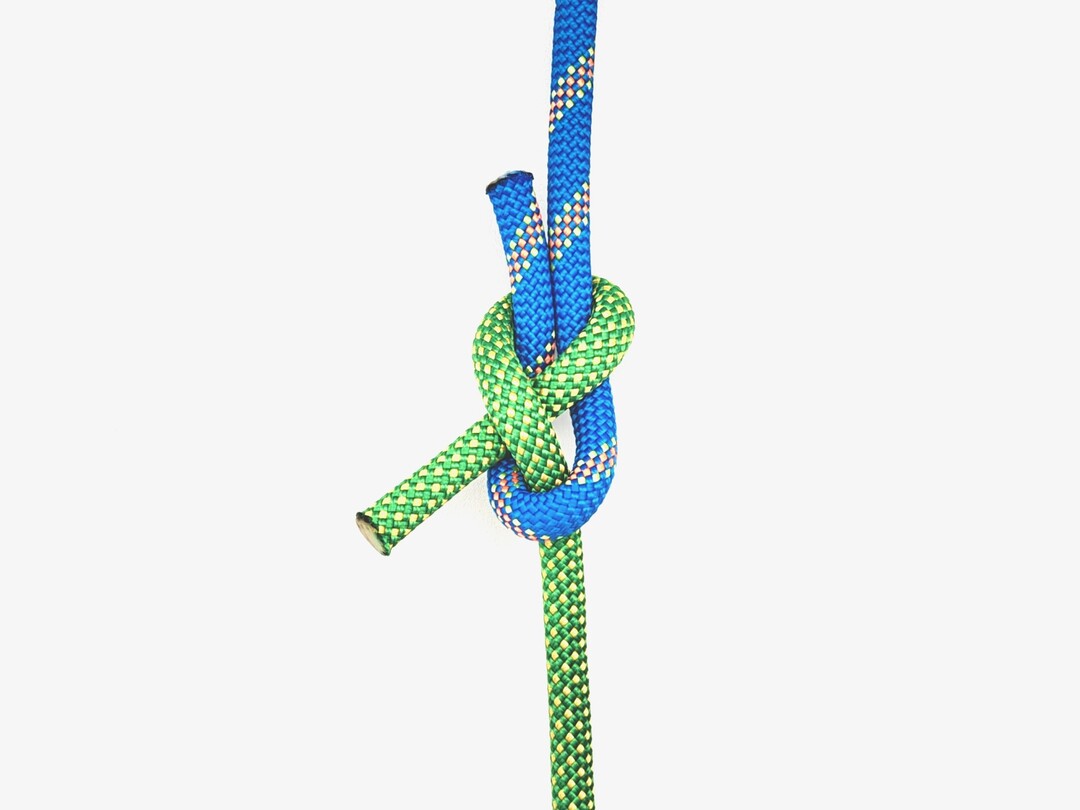
Sheet Bend
Joins two ropes of different or similar sizes
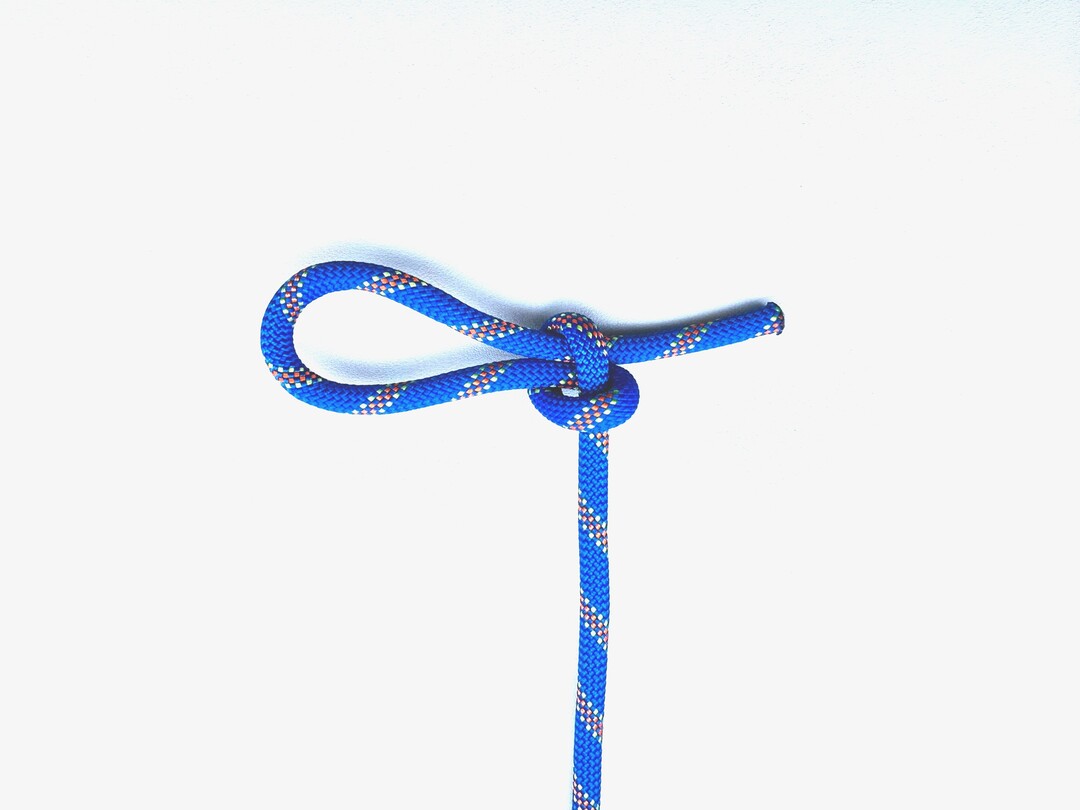
Slipped Overhand Knot
Quick-release loop for temporary bindings.

Timber Hitch
Secures ropes to logs for hauling or lifting.
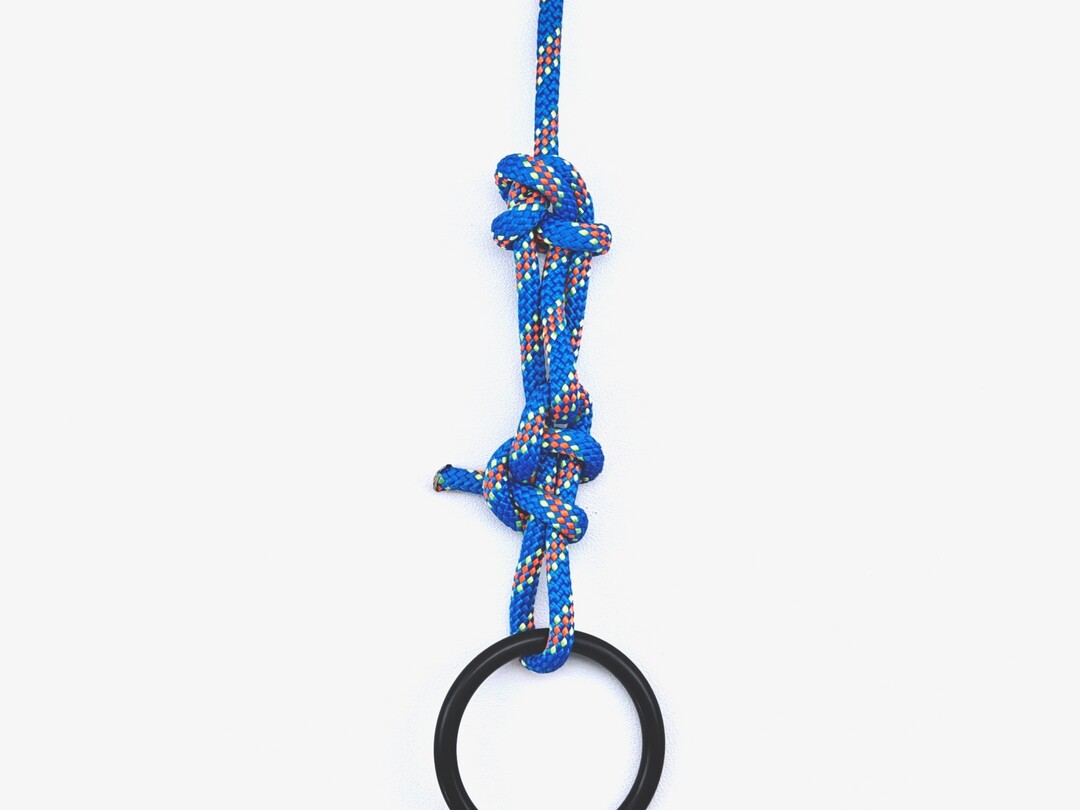
Trucker's Hitch
Secures heavy loads with mechanical advantage.
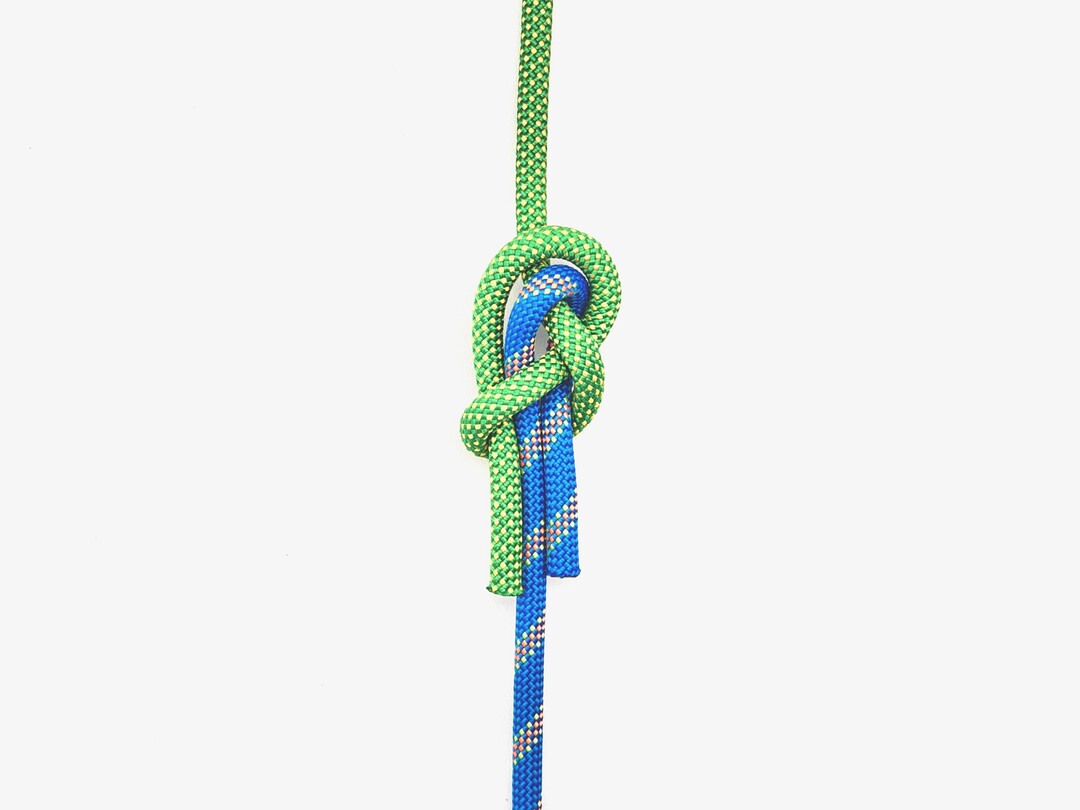
Tucked Sheet Bend
Joins two thin lines securely
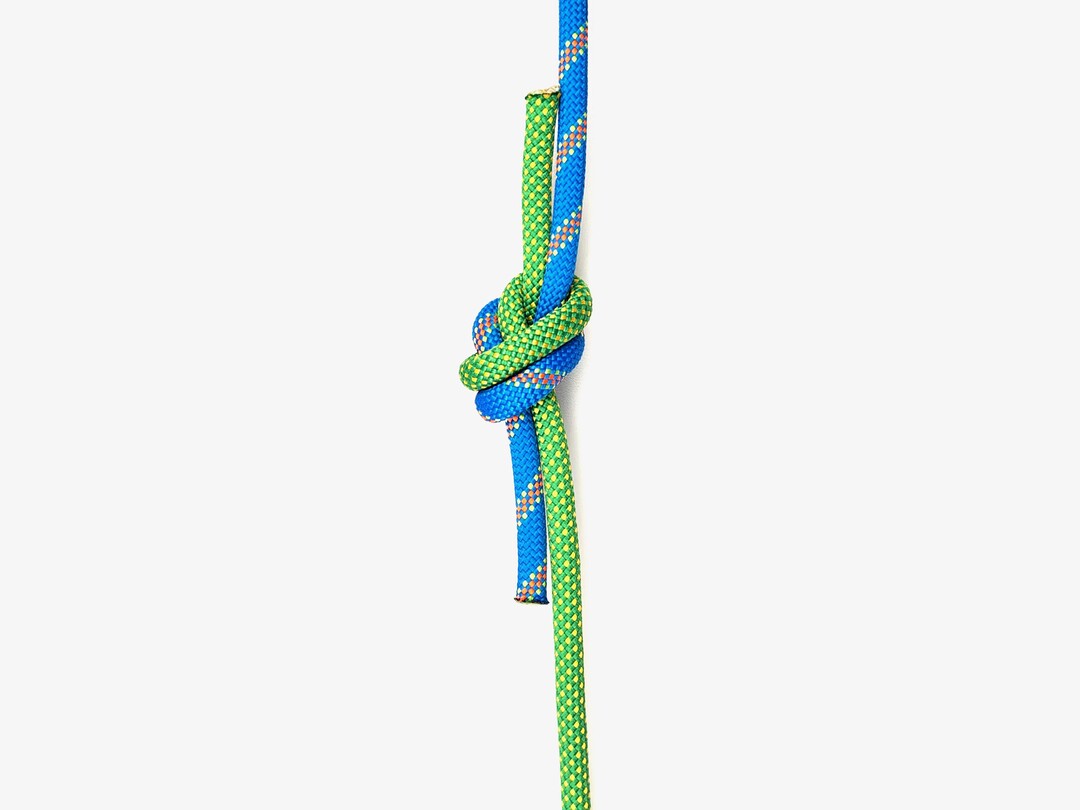
Water Knot
Joins webbing securely for climbing and rescue.
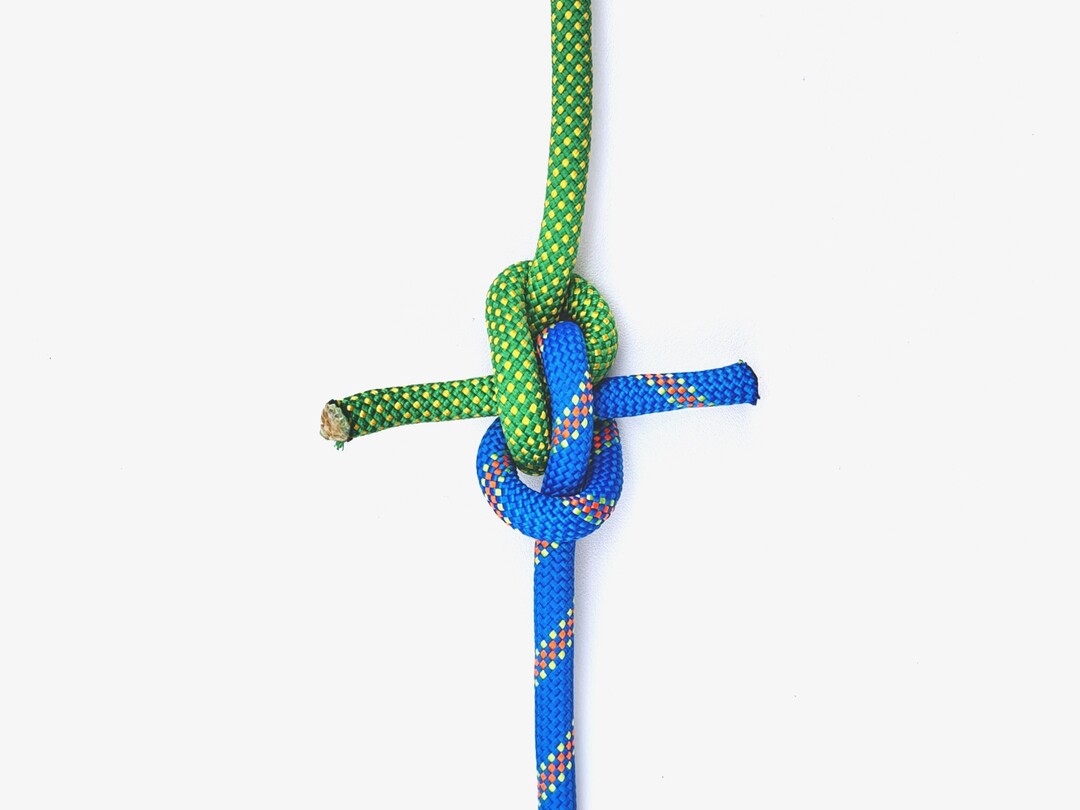
Zeppelin Bend
Securely joins two ropes, resistant to jamming.
Safety Information
Arborist Rope Types
- Climbing lines should be specially designed for tree work with appropriate elongation properties
- Static ropes have minimal stretch and are used for positioning and rigging operations
- Semi-static ropes offer limited stretch to absorb some shock force while maintaining control
- Always inspect ropes for damage, abrasion, or contamination before each use
Tie-In Points
- Select sturdy branches at least 1/3 the diameter of the trunk for tie-in points
- Inspect anchor points thoroughly for structural defects, decay, or damage
- When possible, establish multiple anchor points to distribute load
- Position tie-in points to minimize lateral forces and rope abrasion
Safety Tips
- Always use a backup system when ascending or working in a tree
- Practice tying knots regularly to build muscle memory
- Ensure all knots are properly dressed and set before loading
- Learn to tie these knots even in adverse conditions and low light
- Regularly inspect equipment for wear, damage, or contamination
- Never compromise safety for speed or convenience
- Use appropriate hardware (carabiners, pulleys) designed for arboricultural work
- The life you save may be your own
Arborist Safety Warning
- Tree work has a fatal accident rate about ten times the average across all industries. Working at heights on trees is extremely hazardous. This guide is no substitute for professional training and supervision. Always follow industry best practices and safety standards. Never work alone and always have a rescue plan in place.